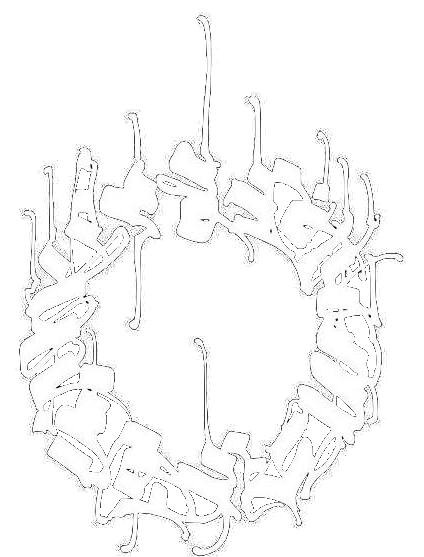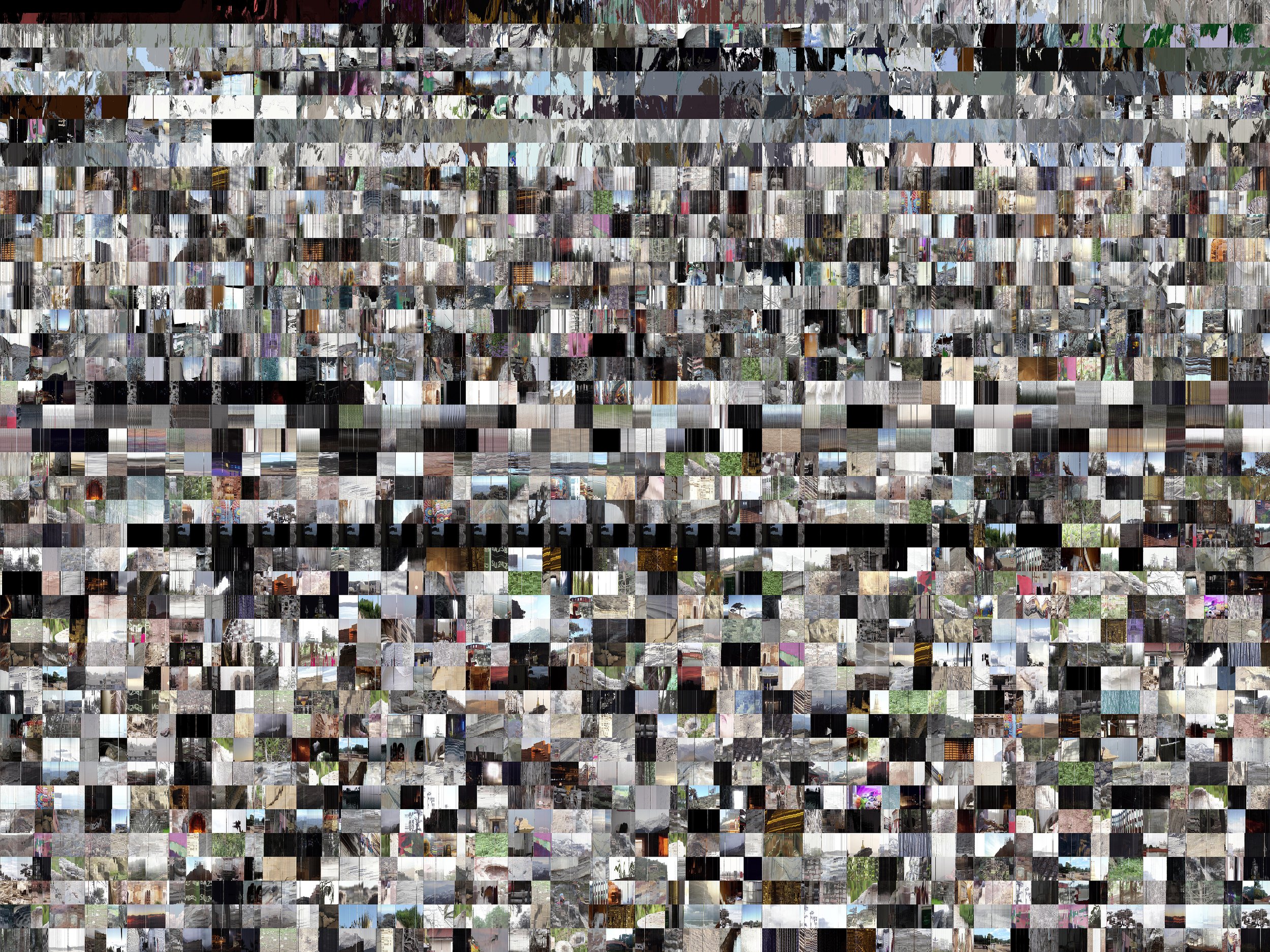MIRRORS
A mirror is an object that reflects an image.
The light that bounces off a mirror will show an image of what stands in front of it, when focused through the lens of an eye or a camera. The first mirrors used by humans were probably bodies of water, or water gathered in some sort of primitive container.
Mirrors can be used in architecture in order to expand space and they remit to the world of illusions. It is an archetypical device used prominently in narratives belonging both to popular culture and high literature. From the legend of Narcissus and the tale of Snow White, all the way to The Portrait of Dorian Gray.
In Alice Through the Looking Glass, Lewis Carroll takes us to a paradoxical world, outside of logic, time and space that has been appropriated by psychedelic culture, becoming part of its iconography.
This is what this work is about: the act of looking; of peering inside a glass/lens into something that returns more than a static image. Mirrors is a work that activates memories and significations. It is a mirror that reflects, not the image, but the subconscious of the person who contemplates it.
Mirrors aims at establishing a connection with the universe of photography and cinema, particularly with the experience of analysing negatives over a light table with a lens. At a distance, the pictorial surface presents itself as an abstract composition - a cloud of pixels where a play of colour, voids and mass unravels. This is the result of a long digital process that has crystallised a long sequence of programmed transformations over a video archive in which archetypal images.
We can find macro configurations of Nature, mysterious architectures, sacred sites, fragments of bodies, and unintelligible landscapes. A selection of more than 1000 images was prepared with the intuit of establishing a connection with the subconscious and the memories of who engages with the work.
Unlike what is usual, the observer is forced to get in physical contact with the surface of the work, in order to experience it. The ritual begins when the spectator puts on headphones connected to a mobile phone running an app creating electronic ambient music in real time.
10 different sonic worlds create compositions through algorithms that develop autonomously and that can also be controlled by the spectator’s touch on the surface of the phone. The sound transports the visitor into a personal dimension, isolating him and progressively distorting his perception of time and space. It is from this condition that he initiates his experience with the work.
The lens is the mediating artefact between the observer and the piece. By manipulating the object, each viewer will have a different experience. Some will follow a sequential route, reading the piece from left to right like a book. Others will wander through the surface, building short stories in their mind’s eye. Another possibility is analysing elements one by one, jumping randomly between them, yet there are many more.
Sound, image and the route created by the exploration create worlds that gain meaning when complemented by the experience of the observer.
Mirrors defies the physical and temporal boundaries of the image, as well as the limits of engagement of the viewer with the work of art.
Mirrors, 2021
inkjet print on Innova High White 315g paper, lens, mobile phone, headphones, generative stereo sound
92 x 161 cm










